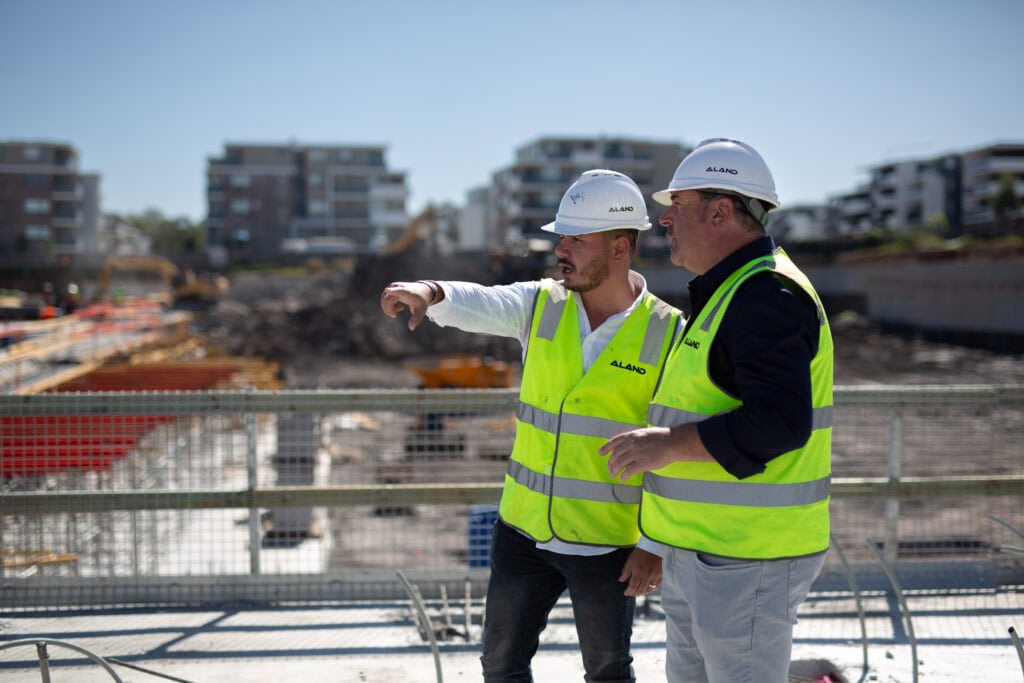New Taxes and Charges Killing Development

When politicians discuss the current housing crisis affecting Sydney they usually focus on the lack of available land, a shortage of skilled labour and restrictive planning processes.
Less widely known are the punitive taxes and charges facing NSW developers trying to build affordable apartments to satisfy the city’s growing demand for new housing.
A new report by global real estate firm Savills, entitled Release the Pressure, says that in some parts of Sydney government taxes and charges account for up to 33% of the cost of a new dwelling.
The report, commissioned by the Property Council of Australia, calls on the Premier Chris Minns to suspend the new Sydney Water Servicing Plan (DSP) and the Housing and Productivity Contribution (HPC).
Property Council NSW executive director Katie Stevenson says that without changes to the tax imposition on new developments, the state will fail to reach its target of building 377,000 new dwellings by 2029.
“The NSW government’s ever-increasing tax agenda is crippling our industry’s ability to build new homes,” she said. [1]
“At the same time the government is rightly declaring a housing crisis, it’s also introduced massive additional costs on building new homes, tipping those projects into the ‘way too hard’ basket for banks and industry to deliver. In fact, it’s best described as an own goal.”
The report says that a lengthy approval process combined with these new charges mean that NSW is unlikely to meet its obligations under the National Housing Accord, a policy initiative of the Albanese government.
“There is no capacity to absorb new taxes and charges, with many new residential developments already unfeasible,” it said.
The report argues that a faster approvals process and the suspension of the DSP and HPC charges over the next five years could deliver an additional 190,000 new homes across Sydney, including 50,000 in the Campbelltown, Fairfield, Liverpool, Penrith and Blue Mountains region.
“Implementing a maximum 12-month planning approval pathway will reduce holding costs, increase developer certainty and further improve development margins,” it says.
“Planning reforms that target even faster timeframes (e.g. 6-9 months) will further boost developer confidence.”
ALAND CEO George Tadrosse says the company’s western Sydney construction pipeline had been cut in half to mitigate against those rising costs. The proposed infrastructure contributions would add as much as $25,000 per lot and make future projects uneconomic. [2]
“We have about eight cranes in operation at western Sydney. It would be double that, if not for the [new state] charges” he said.
But NSW Planning Minister Paul Scully says the state government will push ahead with the introduction of the infrastructure contributions, something it promised to do when elected in in March last year.
“Communities want houses that are connected by roads, have a local school kids can attend, a toilet that flushes and lights that turn on,” he said.
“The first piece of planning reform introduced was infrastructure contributions to consistently fund the infrastructure growth needed to support housing growth.”
This argument does not convince federal shadow housing minister Michael Sukkar who believes state governments should play a much smaller role in the planning and delivery of infrastructure needed for new housing.
“We see the federal government working much more closely and directly with local governments as being the key to many of the housing supply challenges in rural and regional Australia,” he said.
During his time as housing minister in the Morrison government Mr Sukkar found it difficult to motivate his state and territory counterparts and believes there is an ongoing role for local government.
“Every attempt of state governments to take more responsibility from local governments [has] ended up working very badly,” he said. [3]
In conclusion, Savills says that a combination of glacial planning approvals and increased government taxes and charges is crippling the property industry – pointing out that new housing completions across NSW have fallen to their lowest rate in over a decade. [4]
“There is a misconception that developers make significant profit when undertaking development,” it concludes.
“The reality is that development has many risks and is a business underpinned by a range of external factors, such as planning approvals, material and labour cost changes and market trends.
“Development is also reliant on numerous third parties, such as financiers, consent authorities, regulators responsible for providing infrastructure and community and resident action groups who often do not want change in their local area.”
Sources:
[2] Australian Financial Review
[4] Release The Pressure: alleviating taxes and charges to build new homes